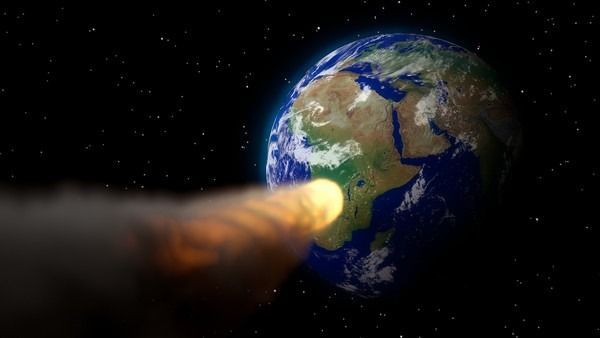Today’s News NOWnews APP download and install




Central News Agency
2022-01-16 08:12:15
(Central News Agency, Washington, D.C. on the 12th) An asteroid that is wider than the height of the world‘s tallest building will make a close encounter with Earth next week. The National Aeronautics and Space Administration (NASA) predicts that the asteroid 7482 (1994 PC1) ) will pass the Earth on the 18th.
I am an advertisement, please continue reading
According to CBS News, the asteroid 7482 is about 1 km wide, which is two and a half times the height of the Empire State Building in New York (about 443 meters from the bottom to the antenna), and is larger than the world‘s tallest Burj Khalifa ( Burj Khalifa) is more than 100 meters high. NASA’s Jet Propulsion Laboratory believes that the asteroid will be less than 1.98 million kilometers away from the earth by then, making it the closest to the earth since January 17, 1933; NASA predicted that year, this celestial body will be close to the earth. The distance is within 1.12 million kilometers. NASA said it expects the asteroid to pass by Earth again this July, albeit at a much farther distance. The next time it will fly this close will not be until January 18, 2105, and is expected to be within 2.32 million kilometers. Since the first discovery of asteroid 7482 in 1994, NASA has continuously monitored and classified it as an Apollo-type asteroid, which means that its orbit traverses the Earth’s orbit and its semi-major axis is greater than the Earth’s orbit’s semi-major axis. According to NASA, such asteroids are classified as “potentially hazardous” asteroids because they “may approach Earth to a level that is threatening.” There are more than 1 million known asteroids, many of which pass by Earth at close range, and the vast majority are not a cause for concern. For example, NASA said that at least five asteroids passed by Earth in the past two days, including one the size of a bus and the other three the size of a house. However, Nancy Chabot, chief planetary scientist at the Johns Hopkins University Applied Physics Laboratory in the United States, said that about 25,000 near-Earth asteroids are at least 152 meters wide, and once they hit Earth, , could be “devastating”. She previously said, “We’re not really talking about a global extinction, but a regional phenomenon of destruction that could wipe out a city or even a small state. So it’s very worrying, a real threat.” Chen Yijun / Review: Zhang Youzhi) 1110113
I am an advertisement, please continue reading
.